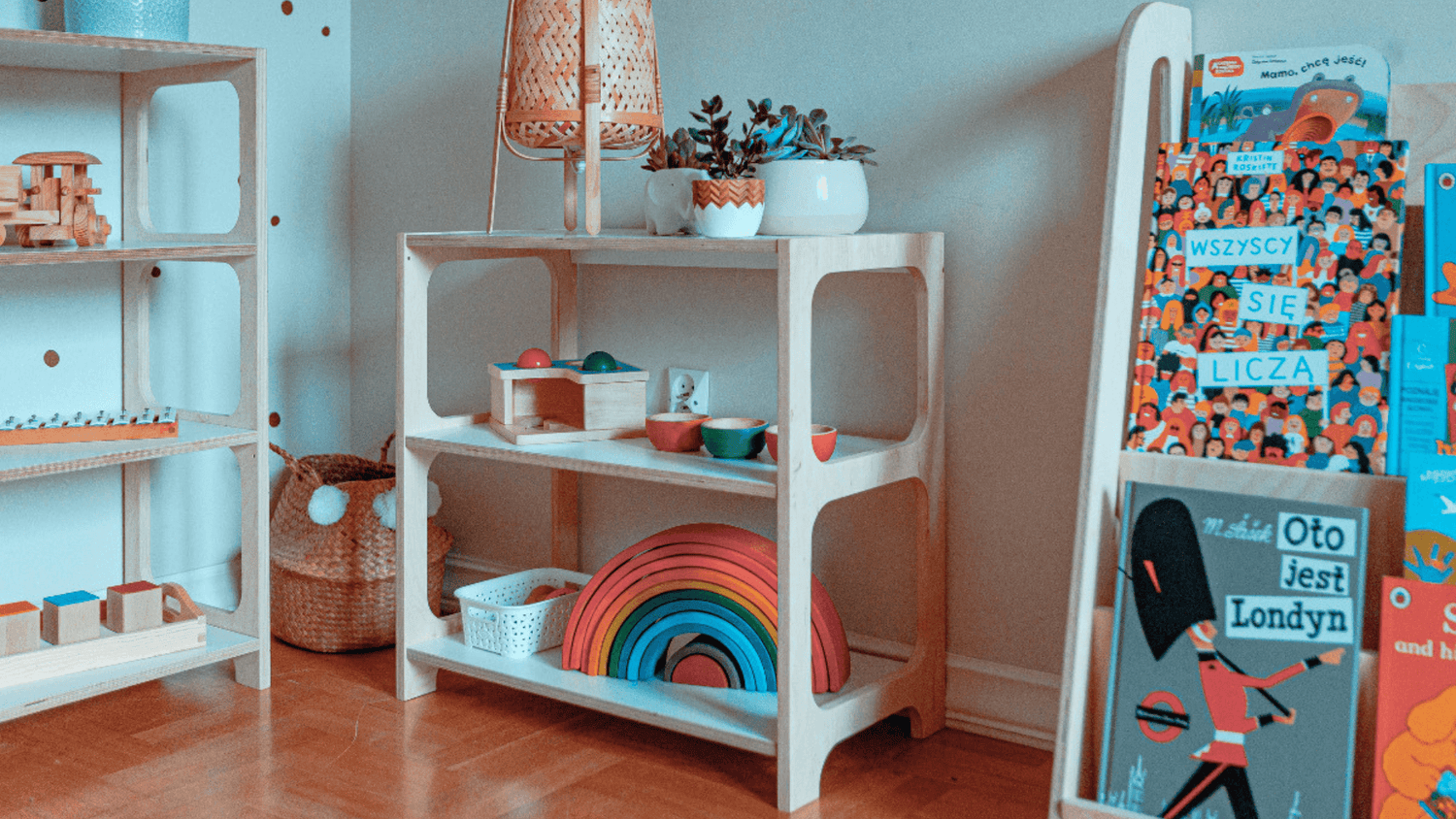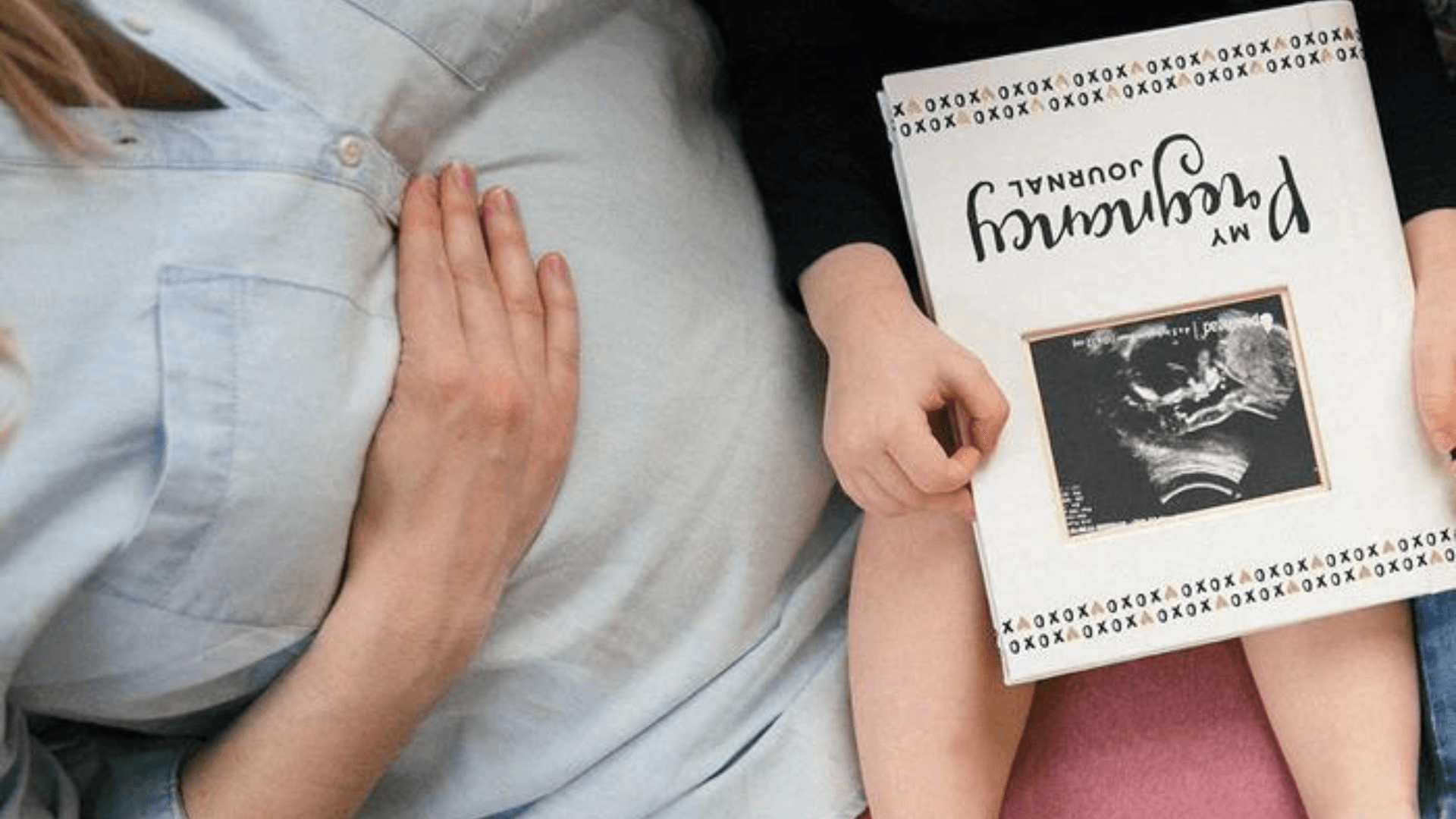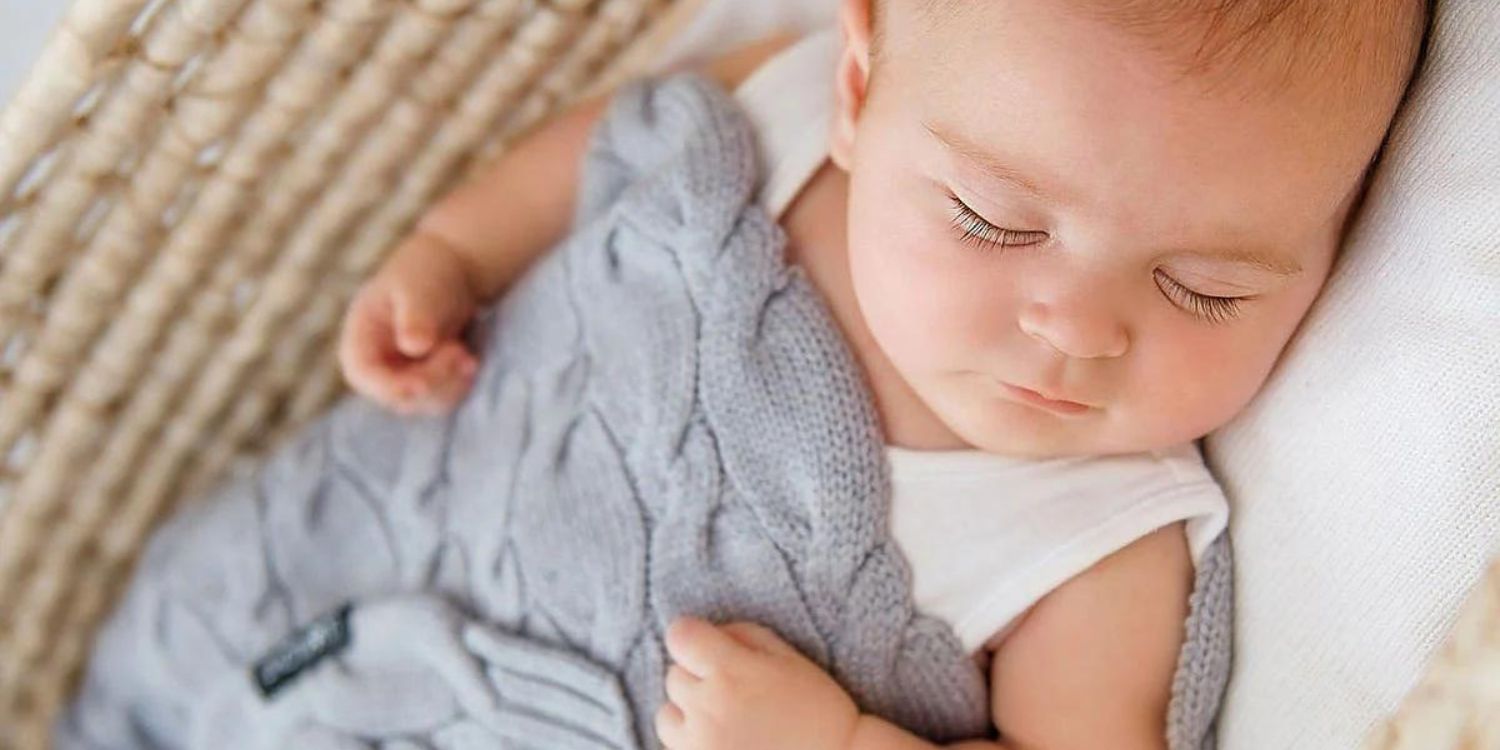Montessori method - where does the name come from?
The name Montessori method comes from the name of the Italian doctor and pedagogue, doctor Maria Montessori. She developed her own method of teaching children with difficulties, which was brilliantly proven. And although it took place at the turn of the 19th and 20th centuries, Montessori education is still considered innovative, unique and extremely effective today.
Who was Maria Montessori?
"There was once a teacher who worked with disabled children. Her name was Maria and she was a doctor. " With these words, the chapter of the Book of Stories to Dobrath for young rebels begins, who describes the inspiring life story of Maria Montessori - a doctor and a pedagogy who devoted a lot of time to observe how children themselves acquire knowledge about the world themselves. These studies allowed her to refine a method in which children with disabilities studied, experiencing as wide as possible independence. Over time, it turned out that this method works for all kids.

Photo: Illustration of Christina Spano, from the book "Stories for good night for young rebels, a chapter dedicated to Maria Montessori."
"Never help your child if he believes that he'll manage himself this time"
Maria Montessori
Basic assumptions of the Montessori method
The Montessori method is an extremely interesting way of teaching, which focuses on the individual needs and rate of development of each child. The Montessori method promotes the child's active participation in the science process, developing in him the skills of critical thinking, innovation and self -discipline. This is a holistic approach to education that allows every child to discover and develop their strengths.
The basic assumptions of the Montessori method are:
- Independence and independence of the child: Children have the freedom to choose educational activities, which supports their development of independence and decision -making skills.
- Prepared environment: The room is carefully prepared, contains specially designed educational materials that allow exploration and learning through experience.
- A variety of educational resources: Children have access to various materials that develop diverse skills, such as mathematics, language, nature, art and social sciences.
- Individualization of teaching: Teachers observe every child to adapt teaching to his individual needs and interests.
- Freedom in science: Children have the freedom to choose activity and can work independently or in a group, which promotes creativity and initiative.
- Balance between work and fun: Montessori method integrates learning with fun, which makes children engage in education in a natural and pleasant way.
- Hearing and sight development: Special Montessori materials help in developing perceptive skills, which affects reading and writing.
- The role of the teacher as a guide: The teacher in the Montessori method plays the role of an observer, mentor and guide, supporting the child's development, but also leaving him space for self -discovery and learning.
- Social and ethical values: Montessori method emphasizes the culture of respect, cooperation and empathy, which supports the child's social and emotional development.
- Comprehensive diverse development: The Montessori method strives for sustainable emotional, intellectual, social and physical development of every child.

Photo: Illustration Raquel Martin, from the book "Little Great. Maria Montessori "
What is the Montessori method in practice?
Class, kindergarten room or Montessori room (also Montessori nursery) is a carefully designed space equipped with various educational materials and furniture that is adapted to the needs and interests of children. The furniture is low, all toys at the child's fingertips, chairs fitted with weight for self -shifting by the toddlers. A cloakroom or a wardrobe is also an important space. The Montessori method places great emphasis on developing life skills, such as dressing yourself, but also cleaning or cooking.
Children have the freedom to choose which materials they want to use and in what order. They can work on specific tasks that attract their attention, which promotes their motivation and commitment.
In schools, classes, preschool groups, each child has the opportunity to work individually, which allows you to focus on their own skills and interests. The teacher observes and supports the development of each student according to his pace. Children also have the opportunity to cooperate with others. They can solve problems together, create projects together or exchange ideas, which develops social skills.
The popular teaching aids that can be found in the Montessori room or room are wooden and metal toys reproducing real objects, wooden counting blocks, plates with letters, animal models or globes. Thanks to them, children learn through experience and manipulation.
Thanks to the prepared environment and freedom of choosing, children often work in peace and focus, which promotes a deep understanding of the world.
Children have the opportunity to check and improve their work themselves, which develops self -control and reflection.
What does Montessori kindergarten mean? How is it different from the "ordinary" kindergarten?
The Montessori kindergarten focuses on the child's activity and independence, enabling him to develop in an individual way. This approach puts emphasis on developing individual interests and talents of each child.
|
Aspect |
Montessori kindergarten |
Ordinary kindergarten |
|
Teaching method |
Montessori method |
Different pedagogical approaches |
|
The role of the teacher |
Guide, observer, mentor |
The main source of knowledge |
|
Working environment |
Prepared environment |
Traditionally organizing |
|
Freedom of choice |
Freedom in choosing activity |
Planned classes |
|
The variety of materials |
Specially developed aids |
Standard educational materials |
|
Activity |
Longer work on one activity |
Shorter and varied activities |
|
Development of life skills |
Great emphasis on practical skills |
Less emphasis on these skills |
|
Social activity |
Individual work and cooperation in groups |
More group activities |
|
Emphasis on independence |
Big |
Balanced |
From what age Montessori?
There is no bad moment to start the adventure with Montessori education. It can be used from the birth of a child, designing a perfect room tailored to the assumptions of this method, you can start with Montessori nursery or kindergarten inspired only with elements of this system. It all depends on you and the needs of all members of the family community.
You can make a total revolution using valuable guides around the Montessori world. They will certainly be books for parents, which you will find here -> Books about Montessori.
We are supporters of the small steps method. Remember that the key is flexibility and adaptation to your child's individual needs. Montessori is not only a teaching method, but also a philosophy of life, which is based on respect for the individuality and natural development of the child. Here is a checklista steps that can be taken - one by the other:
Environmentally friendly
- Create a dedicated corner for educational activities
- Embrace the montessori wardrobe
- Take care of easy access to books
- Think about the solution, which is Kitchen Helper
Adapted montessori furniture
- open, low shelves
- chair and table tailored to the child's capabilities
- Montessori mattress
Offer a choice
- "What do you want to do today?"
- "What we will do today"
- "You want to cook something"
Support
- independence
- creative fun
- communication
- cooperation
- focusing
- patience
Create a routine
- permanent time for meals
- ritual to sleep
- clear setting time for fun
Equip the house with appropriate aids and Montessori toys:
- Wooden blocks of various shapes and sizes
- Wooden puzzles with three dimensions
- Sort and classification toys (e.g. in colors)
- Toys with various textures and materials (wood, fabric, cork, etc.)
- Toy kitchen
- Cleaning toys
- Musical instruments
- Soft plush animals
- Sensory bags with different materials
- Sets for experiments with water and plastic reactions
- Construction toys - wooden and metal
- Sticks/ pebbles for sorting and counting
- Animal figurines
- swings
- rocking boards
- rope
- outdoor play equipment
Why is Montessori an effective pedagogical method?
The Montessori method is effective because it puts emphasis on the active role of the child, removing boredom and pressure from the education system. In return, your own pace of development of the skills and interests of each child is promoted. In addition, the Montessori method puts great emphasis on social development.
Montessori toys in the nose noses
We devoted a lot of attention to Montessori toys. Marta has chosen the right toys for a long time - driving around the fair around the world and talking to teachers of this method. In the Montessori toy department in the noses store you will find a lot of unique, durable and beautiful toys that will be useful in your adventure with this model of education.FAQ:
Is Montessori for all children?
Although the Montessori method is adapted to different types of students, not every child will find in it. It is worth trying to ask yourself whether we provide optimal conditions for a specific child.
From what age Montessori?
The Montessori method was assumed to be dedicated to preschool children, i.e. from about 2.5 to 6 years old. However, its principles worked at other stages of education, including in work with seniors. It is never too late at Montessori.
Are there toys in Montessori kindergarten?
Yes. There are plenty of interesting toys, including everyday items and so -called Montessori teaching aids.


